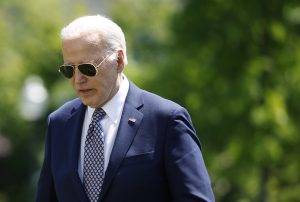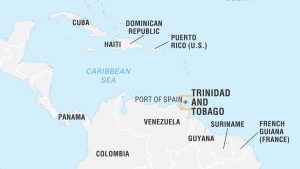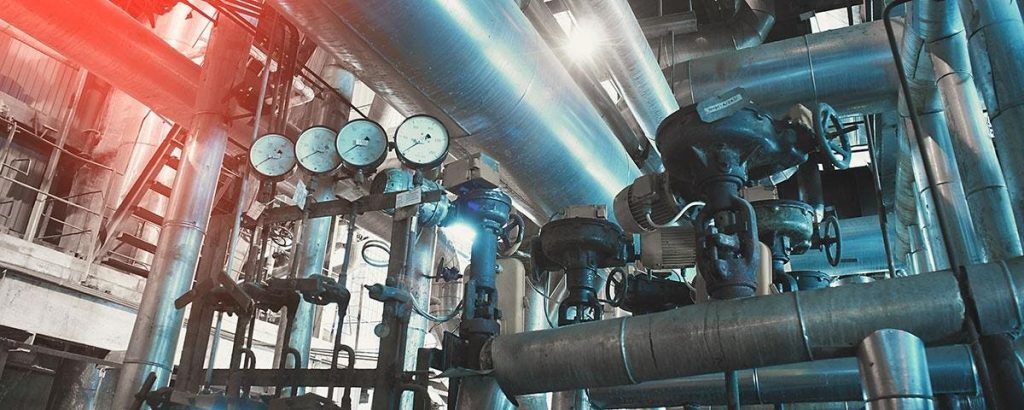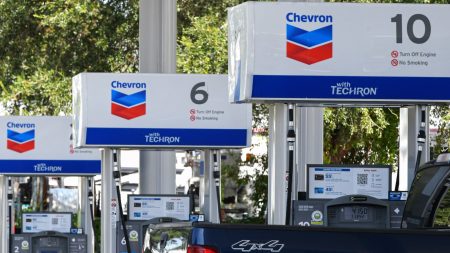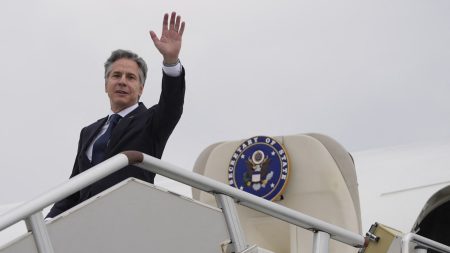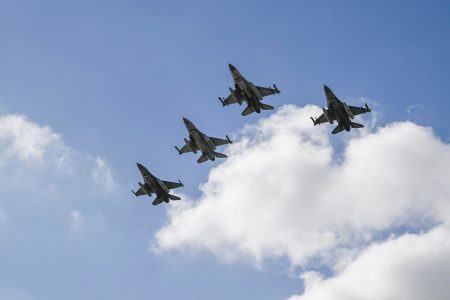Asian equities saw mostly positive performance overnight following a relatively flat close in US markets the previous day. Online retail sales in China surged by 12.4%, outpacing the overall growth rate of 3.1%, reflecting the increasing internet penetration in the country. However, this strong growth in online sales was largely overlooked by foreign investors and the media.
During a visit to China, German Chancellor Scholz had discussions with President Xi Jinping on trade. While details of their conversation were scarce, it was reported that Xi advised Scholz against protectionism, particularly as China looks to penetrate the European market for electric vehicles. The excess manufacturing capacity in China needs to find new markets, with Europe being a key target.
The China Securities Regulatory Commission (CSRC) clarified the potential impact of new delisting rules, leading to a sell-off in small caps as investors feared potential delisting. The regulator emphasized that the rules are aimed at addressing “zombie firms” in the market and reassured that most small caps are not at risk of being delisted. Following this clarification, small cap stocks saw a rise.
Fitch Ratings agency revised its outlook for several large Chinese banks to positive, contrasting with its recent negative outlook on China’s government debt. The outlook for the banks improved, signaling a positive trend in the banking sector. Meanwhile, education, banks, and industrials on the Mainland saw gains following favorable policy comments. China Mobile also saw an increase in its stock price after announcing an AI enhancement for its services.
In the Hang Seng and Hang Seng Tech indexes, there was a slight increase of 0.02% and 0.07%, respectively, with decreased trading volume. Mainland investors made significant purchases of Hong Kong-listed stocks, particularly in the sectors of Industrials, Information Technology, and Utilities. On the mainland, Shanghai, Shenzhen, and the STAR Board all ended the day higher, with strong performances in sectors like Information Technology and Communication Services. Foreign investors, however, sold a net $32 million worth of Mainland-listed stocks overnight.
Looking ahead, a webinar is scheduled to discuss the review of China’s Q1 economic performance, consumer rebound, and investment strategies on April 18th. Another webinar on April 24th will focus on the normalization of economic conditions. Additionally, there is new content available on the potential impact of Generative AI on China’s internet giants. Last night’s performance showed a stable CNY exchange rate, slight changes in government bond yields, and increases in copper and steel prices.

